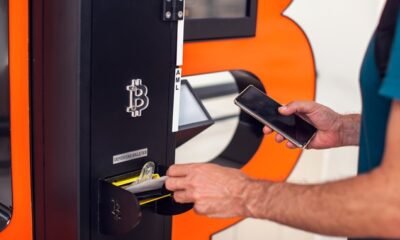arizona
4 Bold Strategies for Arizona to Speed Up Election Results

In the wake of the recent election in Arizona, Senate President Warren Petersen has raised concerns about the time taken to count ballots, committing to propose legislation aimed at ensuring quicker election results. His declaration came days after polls closed, as numerous congressional and state races remained uncalled.
Despite the typical timeline for counting ballots, which can extend up to two weeks, the pressure for faster results has intensified. This is particularly true in Arizona, a pivotal swing state where close races attract national attention. Compounding these concerns were unexpected delays reported across various counties, especially in rural areas known for swift ballot counting.
Both Republicans and Democrats, including Secretary of State Adrian Fontes, are advocating for reforms to expedite results. Current proposals primarily target a state law that permits voters to drop off early ballots at polling sites on Election Day. This practice is widespread, contributing to prolonged counting times. However, critics argue that changing this law may not be politically viable, as Governor Katie Hobbs has expressed opposition to measures that would restrict voting access.
Potential solutions extend beyond modifying drop-off laws. Options include shortening the ballots, investing in new counting machines, and hiring additional personnel. Each of these strategies carries implications for both effectiveness and cost. Among the most debated is a proposal to stop early ballot drop-offs at polling locations on Election Day, which would likely reduce the number of ballots processed on that day.
Maricopa County Supervisor Thomas Galvin has suggested alternative drop-off methods, advocating for a central drop-off location instead. This model mirrors practices in states like Florida, where such restrictions have resulted in faster reporting of election results.
Another legislative initiative, introduced by GOP Sen. J.D. Mesnard, would mandate that voters show identification when dropping off mail ballots on Election Day. Proponents assert that this requirement could streamline the counting process, though critics argue that it may disproportionately affect those without ready access to ID.
The recent electoral cycle also highlighted issues with ballot length; in some counties, ballots spilled onto a second page due to an excess of propositions. This logistical challenge delayed the counting process significantly. Experts suggest that limiting legislative referrals could help alleviate some of these issues in future elections.
Investing in technology may also offer a remedy. Automated systems present an opportunity to expedite the counting process by easing the burden of manual tasks, such as opening envelopes. Counties in other states have adopted such technologies with marked success, a move that some Arizona officials are now considering.
Staffing remains a significant challenge as well. Many smaller counties faced delays due to insufficient manpower to process ballots efficiently. Yuma County exemplifies these struggles, as it barely met the state’s deadline for certifying results, prompting county officials to reassess staffing levels for future elections.
The upcoming legislative session in January promises to address these challenges, although the path to implementing effective reforms remains complex and contentious.


















